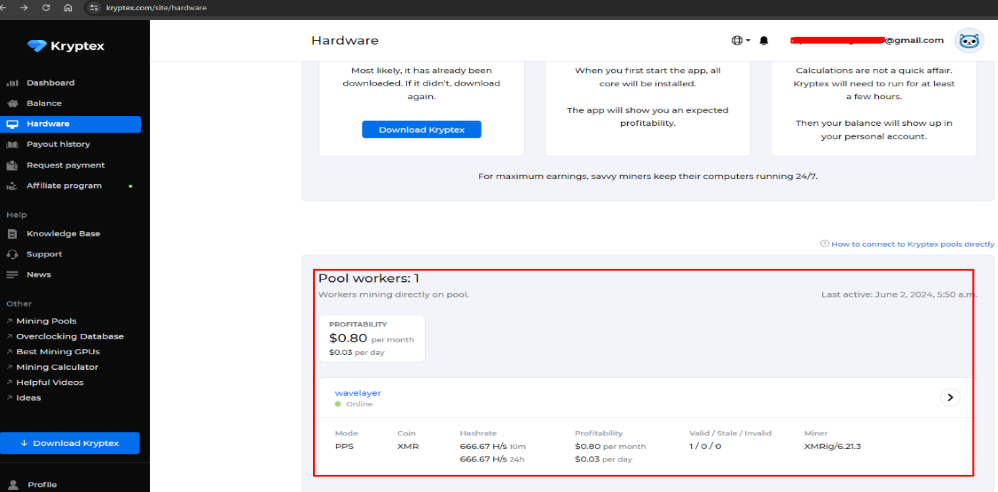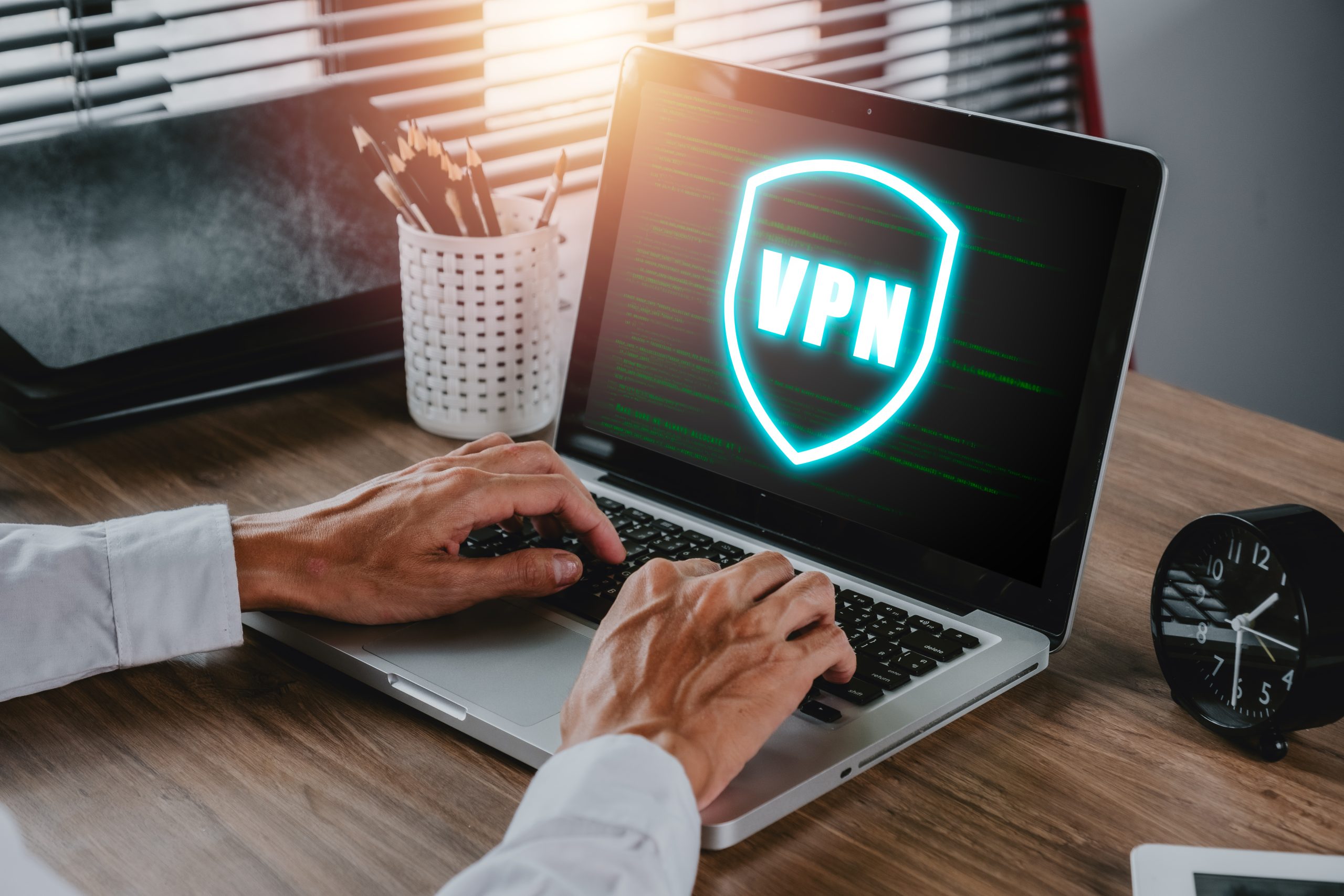Maintaining a Bitcoin node gives you more protection and privacy while utilizing Bitcoin transactions in addition to being a means to support the decentralized structure of the network. We’ll guide you through setting up and operating a Bitcoin node on Ubuntu 22.04, the most recent Long-Term Support version of Ubuntu, in this tutorial.
In order to install and run Bitcoin Node in Ubuntu 22.04, there are several requirements that you must fulfill first:
Hardware Requirements:
- Sufficient Disk Space: At least 500 GB of disk space
- Sufficient RAM: At least 2 GB of RAM
- Stable internet connection for downloading and synchronizing the blockchain and for communication with other nodes on the network
Software Requirements:
- Ubuntu 22.04 LTS: Bitcoin Core is compatible with Ubuntu, and Ubuntu 22.04 LTS is the latest Long-Term Support release.
- Basic Linux Knowledge: For Linux Command Line interface
- Software dependencies: A number of software dependencies are needed for Bitcoin Core to function, such as libraries like Boost, Berkeley DB, and OpenSSL; these dependencies are typically installed automatically during the installation process of Bitcoin Core using package management tools like `apt`.
Here’s the the step-by-step process of installing Bitcoin Node on Ubuntu 22.04:
1) Update System Packages.
It is recommended to update the system’s package repository and upgrade any outdated packages before installing any new software
sudo apt update
sudo apt upgrade
2) Install Bitcoin Core.
Bitcoin Core may be installed straight from the Ubuntu repository by using the `apt` command. You may also install it from the official Bitcoin Core PPA (Personal Package Archive), which is managed by the Bitcoin developers.
sudo add-apt-repository ppa:bitcoin/bitcoin
sudo apt update
sudo apt install bitcoin
3) Check Version.
After the installation is finished, you may check the version of Bitcoin Core to make sure it was installed successfully:
bitcoin-cli --version
4) Configure Bitcoin Core.
Bitcoin Core stores configuration files and blockchain data in the `~/.bitcoin/` directory.
You can customize the configuration by editing the
`bitcoin.conf` file.
mkdir ~/.bitcoin/
nano ~/.bitcoin/bitcoin.conf
Add the following lines to the `bitcoin.conf` file:
# Set your RPC username and password
rpcuser=your_username
rpcpassword=your_password
# Enable RPC server
server=1
# Listen for incoming connections
listen=1
# Maximum number of inbound+outbound connections
maxconnections=100
Replace `your_username` and `your_password` with your desired RPC username and password.
5) Start the Bitcoin Core daemon.
Once Bitcoin Core is configured, you can launch the daemon.
bitcoind
The full Bitcoin blockchain will be downloaded and verified as a result, starting the Bitcoin Core process. A few hours or even days may pass during this procedure, depending on your hardware and internet connection.
6) Monitor the Bitcoin Core.
Monitor the synchronization progress using the `bitcoin-cli` command
bitcoin-cli getblockchaininfo
This will display information about the current blockchain synchronization status.
7) Use Bitcoin Core.
After Bitcoin Core has synchronized with the network, you can use `bitcoin-cli` to interact with it or integrate it with your own programs to use one of the many commands available.
Conclusion
Maintaining a Bitcoin node improves your personal privacy and control over your transactions while also helping the network’s security and decentralization. Keep your Bitcoin Node with the most recent security patches and adhere to recommended procedures to safeguard your Bitcoin node and money. You should also monitor the health of your node and take appropriate actions if any issues arise.


